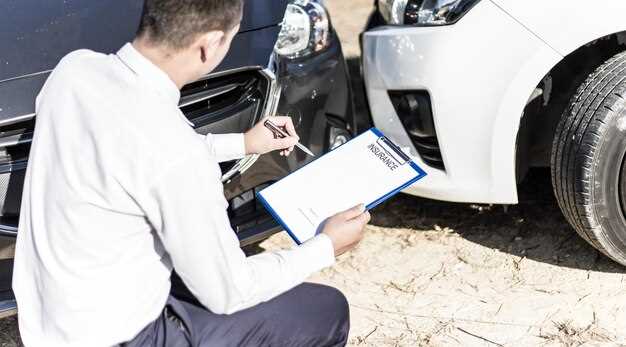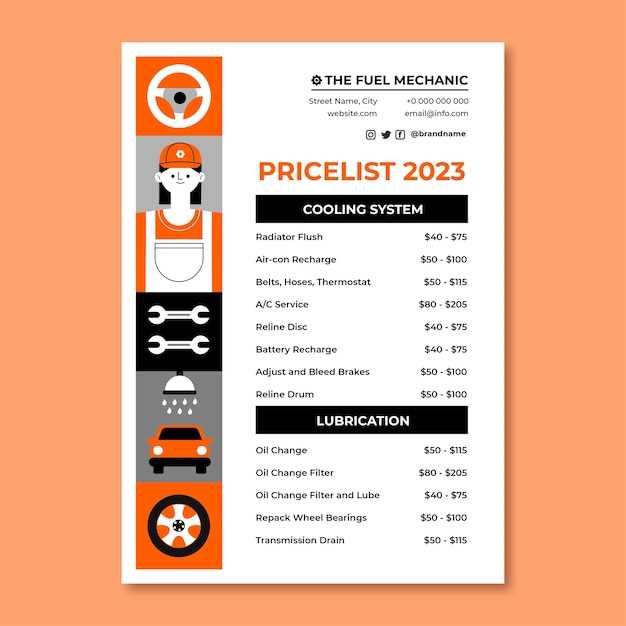

Restoring a classic Ford Mustang is a rewarding endeavor that allows car enthusiasts to breathe new life into an iconic vehicle. This process, however, can be overwhelming for beginners without a structured approach. To simplify your restoration journey, having a comprehensive checklist will ensure that you don’t miss any crucial steps along the way.
The restoration of a Mustang involves various aspects, from mechanical repairs to aesthetic enhancements. Each step plays an essential role in maintaining the car’s integrity and value. By following a systematic checklist, you can effectively prioritize tasks and allocate resources, making your restoration project not only manageable but also enjoyable.
In this guide, we will break down the essential components of a Mustang restoration into clear, actionable steps. Whether you are a novice or someone with basic mechanical skills, this checklist will serve as an invaluable tool in your quest to restore a classic Mustang to its former glory.
Essential Tools and Equipment Needed for Mustang Restoration

Restoring a classic Mustang requires not only passion and dedication but also the right tools and equipment to ensure that each step of the restoration process is executed flawlessly. Using a detailed checklist can help you gather everything you need to bring your vintage car back to life.
1. Basic Hand Tools: A good selection of hand tools is fundamental for any restoration project. Essential items include wrenches, sockets, screwdrivers, pliers, and hammers. These tools are crucial in disassembling and reassembling various car components.
2. Power Tools: Investing in power tools can significantly speed up the restoration process. A drill, grinder, and impact wrench are some must-have power tools that will aid in tasks such as removing rust, cutting metal, and securing parts more effectively.
3. Body Repair Tools: For restoring the Mustang’s bodywork, specific tools like body hammers, dollies, and a welder are essential. They help in repairing dents and welding new metal patches as needed, ensuring a smooth surface for painting.
4. Paint and Finishing Supplies: Once the body is prepared, painting is a crucial step. Gather high-quality automotive paint, primer, clearcoat, and related equipment including spray guns and masking tape. Proper painting tools help achieve a professional finish.
5. Safety Gear: Always prioritize safety when working on your Mustang. Equip yourself with safety goggles, gloves, and a respirator, especially when sanding, painting, or welding. This gear protects you while working on your classic car.
6. Diagnostic Equipment: For electrical repairs and engine diagnostics, having a multimeter and a code reader can help troubleshoot issues efficiently. These tools are vital for ensuring that the engine and electronics are in optimal condition.
7. Lifts and Jacks: A good hydraulic jack and jack stands or a car lift is necessary for safely working underneath your vehicle. These tools provide access to the undercarriage for inspections and repairs.
By ensuring you have these essential tools and equipment lined up before starting the restoration process, you set yourself up for a successful and enjoyable classic Mustang restoration journey. Each item plays a key role in achieving your restoration goals and ensuring a beautiful finished product.
Step-by-Step Process for Restoring Mustang’s Exterior and Interior
Restoring a classic Mustang is a rewarding yet detailed undertaking. This step-by-step checklist will guide you through the essential processes for refurbishing both the exterior and interior of your vehicle.
1. Planning and Assessment: Begin by assessing the overall condition of your Mustang. Take notes on areas that require attention, such as rust spots on the body or worn upholstery. Create a detailed checklist outlining specific tasks for both the exterior and interior restoration.
2. Exterior Restoration: Start with the bodywork. Remove any existing paint and rust using a sandblaster or chemical stripper. Once the surface is clean, apply a primer suited for automotive use. Next, select high-quality paint for the classic finish you desire. Don’t forget to protect areas like the windows and trim before painting.
Inspect and repair or replace any damaged panels. If necessary, replace weather stripping to prevent leaks. Finally, add polish and wax to enhance the shine and protect the paint from the elements.
3. Reconditioning Chrome and Trim: Restore or replace the chrome and trim elements. Use a dedicated chrome polish for minor scratches and blemishes. Severe damage may require re-chroming or replacement parts to achieve a pristine look.
4. Interior Restoration: Start the interior refurbishment by removing old seats, carpets, and any damaged panels. Address underlying issues such as rust or moisture damage before installing new components. Replace or reupholster seats, ensuring that the new fabric and cushion reflect your chosen style.
Install new carpet that fits your Mustang model. Consider adding sound-deadening material to enhance acoustics and comfort. Replace outdated gauges or invest in a modern dashboard to match the classic aesthetic.
5. Finishing Touches: Add accessories and features that enrich the Mustang experience. Install new seatbelts, a fresh steering wheel, and upgrade the audio system if desired. Don’t forget to clean and condition any remaining surfaces like the dashboard and vinyl trim to preserve their longevity.
Follow this restoration checklist meticulously to ensure that every aspect of your classic Mustang’s exterior and interior is thoughtfully addressed, resulting in a vehicle that not only looks stunning but also performs at its best.
Critical Safety Checks and Maintenance Tips for Classic Mustangs

Restoring a classic Mustang involves several crucial safety checks to ensure that your vehicle not only looks great but also operates safely. Here are essential steps to consider during the restoration process.
Firstly, inspect the brake system meticulously. Check for worn brake pads, leaky brake lines, and malfunctioning master cylinders. Ensure that all components are functioning correctly, as brakes are vital for safety. Replace any parts that show signs of excessive wear or damage.
Next, evaluate the suspension system. Look for any worn bushings or damaged shocks. A well-maintained suspension not only enhances ride quality but also ensures better handling and stability on the road. Pay attention to any unusual noises or excessive play in the steering components as these could indicate underlying issues.
Furthermore, assess the fuel system thoroughly. Inspect the fuel lines for any signs of leaks or deterioration, and check the fuel pump’s performance. A faulty fuel system can lead to potentially dangerous situations, so make sure to replace any compromised parts.
It’s also vital to evaluate the electrical system. Check the condition of the wiring harnesses, battery terminals, and lighting components. Faulty wiring can result in shorts or fires, making regular checks imperative for safety. Making sure that all lights function correctly is essential for visibility and alerting other drivers.
Additionally, examine the tires for tread wear and proper inflation. Tires should be in excellent condition since they are the only contact point with the road. Replace old or damaged tires to avoid blowouts and maintain good traction.
Regular maintenance should be a part of your restoration process. Change the oil and filters on a consistent schedule to keep the engine running smoothly. Keep an eye on fluid levels and top off as necessary. Regular inspections play a significant role in the longevity of your classic Mustang.
Lastly, ensure that you have a comprehensive emergency kit in your Mustang. This should include basic tools, a first-aid kit, and emergency supplies. Preparation is key when driving a classic car, as breakdowns can occur unexpectedly. Having these resources handy can make all the difference in a difficult situation.





